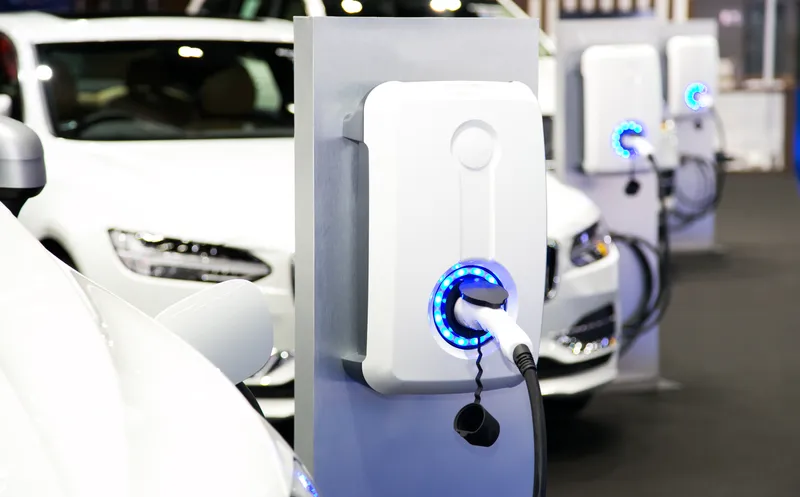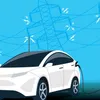EV subsidies likely to focus on infra in next phase; no personal vehicle scheme: Sources
With phase II of the FAME scheme coming to an end next year, policy-level discussions around what the next set of subsidies could look like have started.
The next set of subsidies to boost the adoption of electric vehicles (EVs) in the country could be on charging infrastructure, a shift away from the current focus of the FAME II scheme, which offers consumer subsidies, three sources have told YourStory.
Launched in 2015 by the government of India, the FAME (Faster Adoption and Manufacturing of Electric Vehicles) scheme was aimed at catalysing the adoption of EVs in the country. Then, FAME II, the extended form of the original scheme, came into effect in 2019.
FAME II focused on subsidising shared electric transportation and two-wheelers. With a capital outlay of Rs 10,000 crore over three years, FAME II planned to support one million electric two-wheelers, 500,000 three-wheelers, 55,000 four-wheelers, and 7,000 buses.
The focus was mainly on getting consumers to adopt EVs.
FAME II has achieved close to 90% of what it had set out to achieve, a NITI Aayog official told YourStory.
The next iteration of the scheme—'unofficially' termed FAME III—will likely focus on subsidising charging infrastructure so that it grows in proportion to the number of EVs being sold.
"There has been a change in how regulators view subsidies for electric vehicles; they seem to be questioning whether the current infrastructure is capable of keeping up with the rapid pace of EV adoption that they want to see. And unfortunately, the answer they've come to is a resounding no," said one of the sources, a member of an EV industry body that consists of major private players in the domain.
"Now that the gears have started moving (when it comes to consumers purchasing EVs), industry representatives and policymakers are agreed that the next set of subsidies should be on public charging infrastructure," the source added.
Oil and gas companies are actively exploring ways to make EV charging as convenient as traditional fueling by establishing charging stations at existing petrol pumps. While some are pursuing this endeavour independently, others are seeking partnerships with established players, such as startups, to offer space at reduced costs.
"Similar subsidies are being discussed on the policy side as well... giving land to charging infrastructure companies at subsidised rates, offering cheaper electricity, allocating special zones on highways for charging stations...," said the source at NITI Aayog currently involved in these ongoing discussions.
The source requested anonymity given that ongoing discussions are confidential and still at a very early stage.
"We're still engaging with the industry stakeholders and policy-level folks to map this out, and nothing has been finalised yet. We're still a year away from FAME II coming to an end, but this is the direction we seem to be going in, at this point," the source added.

Hardly local
At the beginning of this year, the Comptroller and Auditor General (CAG) launched an investigation to evaluate whether EV original equipment manufacturers (OEMs) were complying with the localisation requirements established by FAME II, against which they'd claimed subsidies.
FAME II had hoped to increase the adoption of locally manufactured parts in Indian-made EVs, and offered incentives in the form of subsidies to encourage more OEMs to tap domestic supply chains.
But after reports emerged that several OEMs—including Hero Electric, Okinawa Autotech, and Ampere—had falsely claimed subsidies, without adhering to FAME II's localisation norms, the government launched the probe.
There is scepticism about the continuation of these incentives as some OEMs have been taking advantage of loopholes to misuse the subsidies without passing on the benefits to the end customers in the form of lower prices, one source said.
Separately, a 2021 study shows that investing in charging infrastructure actually boosts EV adoption better than offering purchase subsidies.
"The analysis shows that investing in charging infrastructure is more cost-effective than providing consumer subsidies in promoting EV adoption, consistent with the finding from the literature based on data from individual countries," noted the World Bank, in a policy research working paper entitled "The Global Diffusion of Electric Vehicles".
Edited by Saheli Sen Gupta








